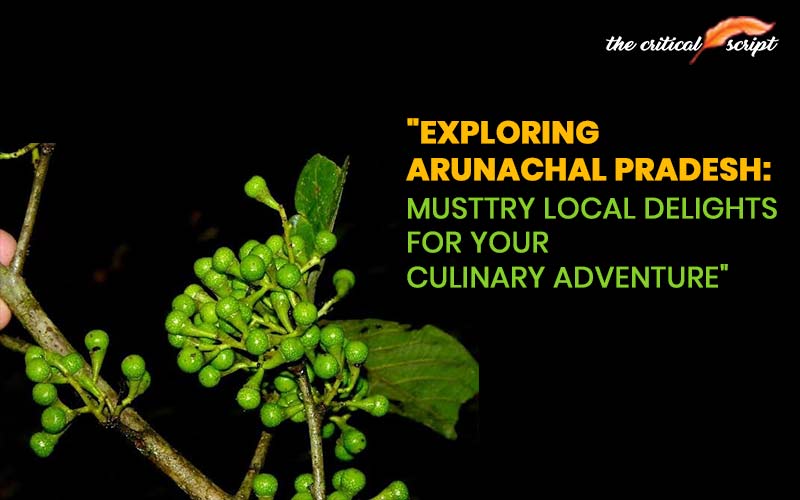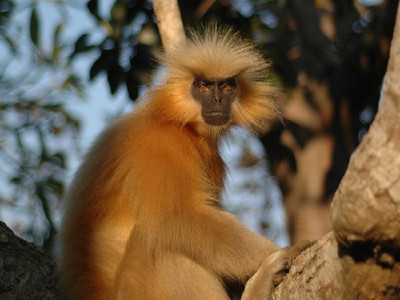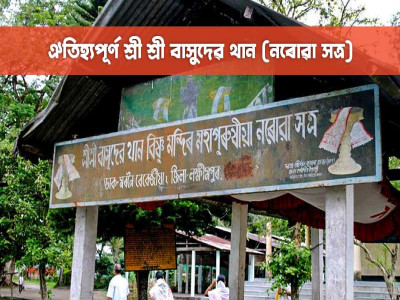
"Exploring Arunachal Pradesh: Must-Try Local Delights for Your Culinary Adventure"
This blog post focuses on the regional cuisine of Arunachal Pradesh, with an emphasis on the beloved fermented foods, fruits, and vegetables of the region's indigenous people. We will explore the culinary customs and therapeutic applications of these ancient foods, which range from the highly valued Sangchar fruit to the versatile soybean-based delicacies. Follow along on an itinerary to experience Arunachal Pradesh's flavours and understand why it's so important to preserve this region's distinctive culinary history for coming generations.
Sangchar (Phoebe
coopernia)
Phoebe coopernia, locally known as Sichir or Sangchar, is a highly prized fruit among the indigenous peoples of Arunachal Pradesh, India. Rich in dietary antioxidants, pectin, protein, vitamin A, vitamin E, phenols, and cyanogens, it is consumed directly or used to make pickles and chutneys.
It is one of the most sought-after wild fruits in Arunachal Pradesh, costing around 500–1000 rupees per kg. Found mainly in tropical and hilly regions of the state, it was once abundant and affordable, but its price has skyrocketed in recent years due to deforestation by jhum cultivators, endangering its existence for future generations.
Fermented soybean
Soybean is a vital ingredient in the preparation of fermented food products across various tribes and is cherished by a majority of locals for its distinct taste. Known by different names such as Peru-yaan, Agya, Phinam, and Pyak, different tribes like Apatani, Galo, Nyishi, Wancho, Monpa and Tagin employ unique techniques in its preparation.
Various soybean-based
delicacies include:
Pyak, Agya: Soybeans are boiled for two hours, drained, and cooled to room temperature, maintaining proper hygiene throughout. The boiled seeds are then packed in Phrynium capitatum leaves or bamboo baskets, left undisturbed over a fireplace for about a week in summer and longer in winter. Monpas often shape it into balls for convenience.
Libichhurpi: A Monpa specialty prepared during the winter by mixing cooked soybeans with salt, allowing them to cool, and then storing them in a container covered with banana leaves for a week to incubate. Afterward, it's ground into powder and can be stored for over a year.
Phinam-zaan: prepared by Wanchos and Noctes, where the phinam is spread on bamboo baskets and smoked over a fireplace until dried, preserving it for over a year.
Phinam-huak: a Wancho preparation involving frying phinam in mustard oil for five minutes, extending its shelf life to over two years.
Oyik (Pouzolzia hirta)
Scientifically known as Pouzolzia hirta, it is an indigenous vegetable of Arunachal Pradesh, highly regarded for its delicious flavour, particularly when cooked with bamboo shoots. It features prominently in the diet of many tani tribes across Arunachal Pradesh, locally referred to as "Oyik" in Adi, Galo, Nyishi, and Tagin dialects. While appreciated by various tribes, it holds special significance for the Galos. It is typically harvested from fallow lands following previous jhum or other cultivation practices. Commonly consumed alongside rice, oyik is often prepared with smoked beef, gayal meat, or pork, complemented by dried bamboo shoots (eyup), and served on various occasions.
Apart from its culinary value, oyik serves as a medicinal herb, boasting high levels of antioxidants, amino acids, and essential nutrients. The plant's juice is traditionally utilized to alleviate conditions such as boils, dysentery, fevers, toothaches, and urinary issues. Additionally, the root's juice aids in digestion, while the leaves are employed as a vulnerary and cicatrizant for gangrenous ulcers. A paste derived from the plant is applied topically to treat cuts and wounds. The bark yields a fibre suitable for crafting ropes and nets, making it a valuable resource for cordage. The light reddish-brown wood, although hard, is prone to warping.
Tayer/Tayir (Ocotea
macropoda)
Indigenous to the region, Ocotea macropoda goes by different names, including Tayer, Yarkiang (Nyishi/Tagin), Tayir in Adi, and Nyee in Monpa. This semi-deciduous tree is characterised by its elongated form, often reaching diameters of 40–60 cm, and it is valued as a potential pioneer plant. The local communities harvest its edible fruits for various uses.
Local practices involve utilising the inner stem, especially when mature, in conjunction with the bark for treating skin ailments such as boils and inflammations. The sap extracted from the bark serves to create plasters used to draw out foreign objects like thorns from the body. Furthermore, tea brewed from unspecified parts of the plant aids in alleviating diarrhoea and dysentery. In terms of conservation, this species holds a 'Least Concern' status in the IUCN Red List of Threatened Species (2011).
In closing, travellers are encouraged to thoroughly immerse themselves in the local customs and flavours of Arunachal Pradesh given their distinct cuisine and reputation for cultural diversity. Trying samples of the several indigenous cuisines and the variety of fruits and vegetables available here provides not only a taste sensation but also a better knowledge of the real indigenous people who live in this area. Visitors may truly connect with Arunachal Pradesh's rich heritage through this kind of travel, and they'll leave with memories that honour the state's distinct character and rich cultural tradition.
Disclaimer: The opinions expressed in this article are those of the author's. They do not purport to reflect the opinions or views of The Critical Script or its editor.

Newsletter!!!
Subscribe to our weekly Newsletter and stay tuned.

















Related Comments